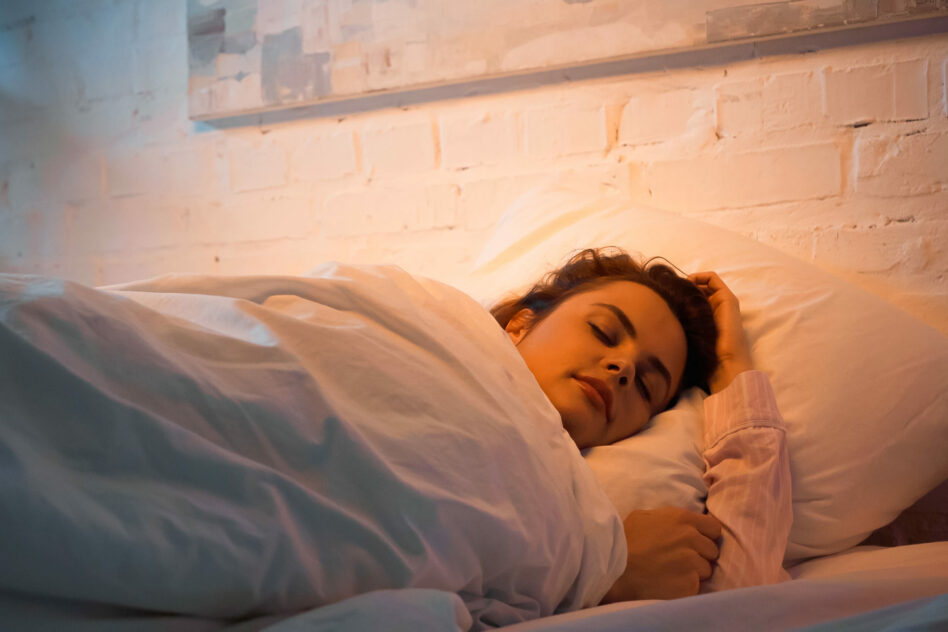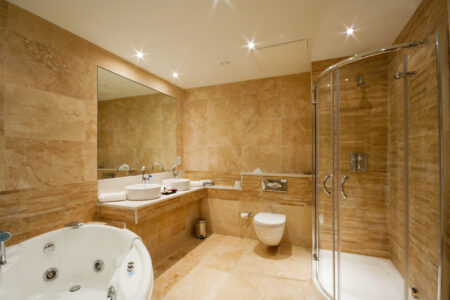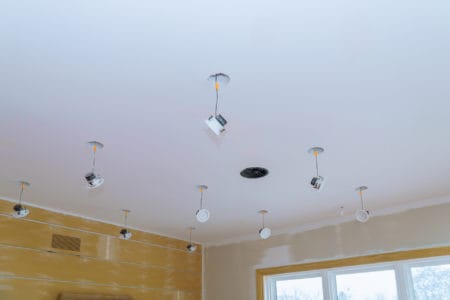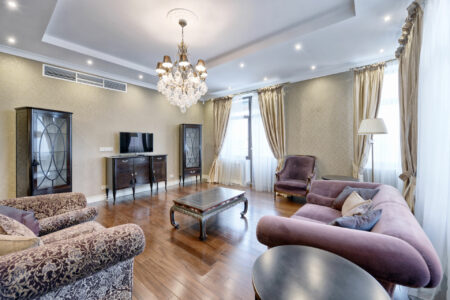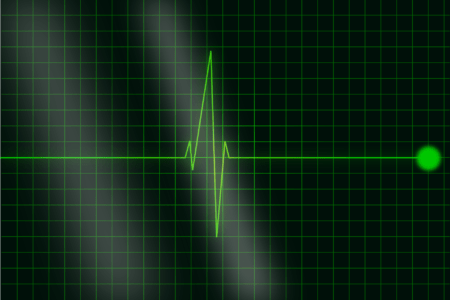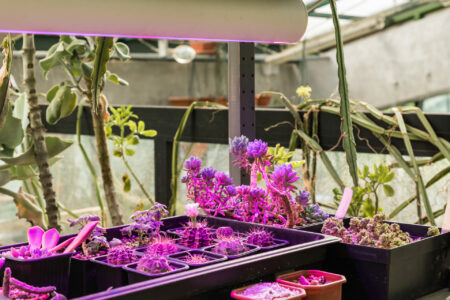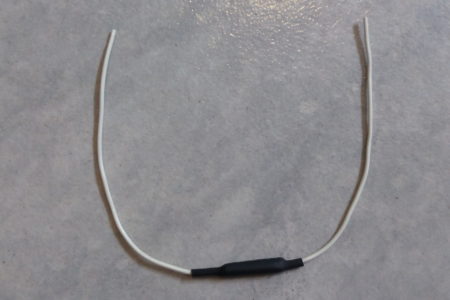Color plays a big role in our lives. From the clothes we wear to the colors we choose for our homes. But how does light color help you with sleep? And what color light is best for sleeping? Let’s find out!
Light Color and Sleep: What’s the Relation Between the Two?
Many factors influence sleep, such as light exposure and exercise. Light is one of the most important factors for your health and well-being.
According to this study from 2017, the ability to fall asleep strongly correlates to color. Researchers also pointed out that your preferences may impact whatever color you find most relaxing.
Light color affects many bodily functions, including your moods, hormone production, and sleep cycles. This, in turn, affects your brain function, blood pressure, immune system, and metabolism.
So how does light color help you with sleep? It all comes down to circadian rhythms. These are our body’s internal clocks that tell us when it’s time to wake up, when it’s time for bed, and when it’s time to sleep.
This study found out, improper light exposure can meddle with your circadian cycle and potentially influence your health.
Additionally, the right color light can regulate melatonin production in the brain, melatonin being one of the most important hormones involved in regulating sleep cycles. The wrong color light can do the opposite.
From the beginning of time, sunlight has been responsible for regulating the body’s melatonin levels. During daytime, the sun prevents melatonin from being produced, which alerts the body. This hormone is released in bigger amounts at night when the sun has set and there’s less light.
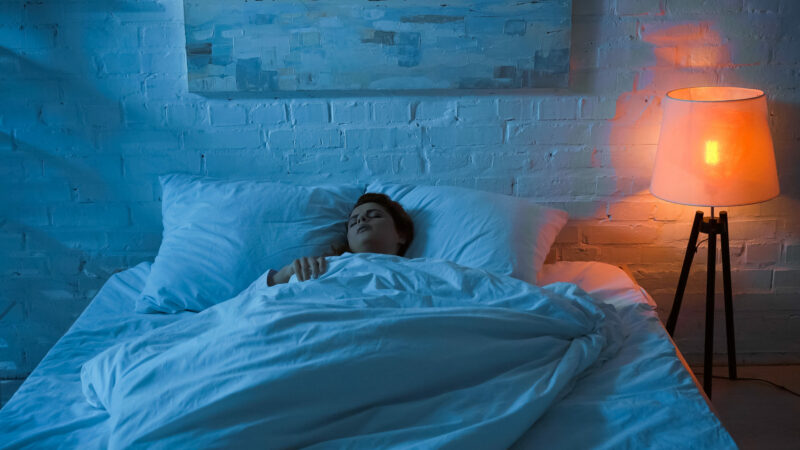
Can Certain Light Colors Harm Your Sleep?
Many factors contribute to poor sleep, including stress, caffeine and alcohol use, and a lack of exercise during the day. But one significant factor is light exposure at night.
Light is a powerful stimulus to the brain, which is why we use it as an alarm clock. However, this study found that blue light disrupts sleep cycles, making it hard to fall asleep at night and leading to daytime sleepiness.
The sun is the main source of blue light waves. Artificial blue light sources are:
- Fluorescent lights
- LED bulbs
- TVs
- Smartphones and tablets
- computer screens
- Game consoles and other electronic displays
Why Is Blue Light Bad for Sleep?
Blue light, which is also present in sunlight, suppresses melatonin production. Like we said before, melatonin is a hormone that helps regulate your circadian rhythm (body clock).
Blue light interferes with this hormone because it blocks its production in our bodies. As a result, blue light can disturb our natural sleep-wake cycles and make it harder for us to fall asleep at night.
This means that anything you do after sunset that emits blue light. Some examples include watching TV or playing video games on your phone. These activities will keep you awake longer than you should be.
The average American uses electronics for 7 hours every day. As you can see, that’s an extremely long time to be staring at blue light! Even worse, 90% of Americans admit to using an electronic device an hour before going to bed at least a few evenings every week.
Scientists measure the color spectrum of light in nanometers (nm). The blue end of the spectrum has a wavelength between 400 and 500 nm, while the red end has a wavelength between 625 and 700 nm.
Yes, the light from a device appears white to the naked eye. Yet, it’s capable of producing blue light with wavelengths between 400 and 490 nanometers.
3 Ways to Minimize Blue Light Exposure
It’s no secret that many of us use our phones and laptops until we go to bed. This makes it difficult to get up in the morning and causes you to feel groggy and tired during the day.
That’s why it’s important to manage your blue light exposure at night. This is to ensure you have a healthy sleeping routine.
The good news is that there are several ways to do that!
Limit Screen Time
Turn off all screens before bedtime (including TVs). The blue light emitted from screens keeps us awake longer than we want to be, even when we’re not using them actively.
So turn off all screens at least two hours before bedtime. This is so they don’t disrupt your sleep cycle later in the evening or early morning hours when you’re trying to fall asleep again.
Use a Blue Light Filter on Your Device
Blue light filters are available for most types of electronic devices. They reduce the amount of blue light coming from these devices so that you’re less likely to be affected.
These filters automatically adjust the tint of your screen display based on the time of day and outside lighting conditions. This reduces eye strain and improves sleep quality during night-time hours (and daytime too).
Wear Blue Light-blocking Glasses
Manufacturers designed blue light-blocking glasses to filter out particular wavelengths of light, making it easier for you to fall asleep faster after using them during the day.
They also help protect your eyes from the harmful effects of blue light from screens later in the day when you need them most.
Pro tip: For best results, buy amber or brown-tinted lenses.
What Color Light Is Best for Sleeping?
Many believe the number one guideline for a good quality shuteye is to turn off the lights. This guarantees the best sleep, right? While that may be the case for many, it’s not for everyone. For example, some people find it difficult to fall asleep without lights on.
With that said, which color light should you go for in this case? The simple answer is red light. This color has the longest wavelength (700 nanometers) of visible light, and it’s also the least energetic.
As a result, it doesn’t stimulate our retina as much as other colors do. This means that red light has little or no effect on our circadian rhythm (our internal clock), making it ideal for night-time use.
In addition, red light is the best color for sleeping because it’s the least stimulating to your eyes. Your eyes are most sensitive to blue light in the morning and evening, so it’s important to block that out before bedtime.
In contrast to red, blue light tells your brain that it’s still daytime. This can make it harder to fall asleep. Furthermore, red light doesn’t suppress melatonin production like blue light. You need to get enough melatonin for your body to feel tired and fall asleep, so it’s important not to mess with its release.
Red Light Benefits for Sleep
You’ve heard about blue light and its effect on your eyes and, as a result, your sleep. Now, let’s talk about red light and its many benefits to your sleep!
Improves Athletic Endurance
As a starting point, let’s analyze a brief study from 2012. Researchers gathered 20 female basketball players to study the effects of red light therapy on them. For two weeks, scientists randomly selected participants to undergo 30 minutes of red light treatment every night.
The study resulted in participants having better sleep quality, melatonin levels, and endurance than a placebo group that received light therapy.
Boosts Work Performance
Let’s look at another study from 2019, where a team of researchers gathered 19 adults working in an office setting to participate in a 3-week study. The research found that ambient white and red light improved participants’ circadian rhythm and attentiveness.
Mind you, these studies have shown that these benefits occur primarily in the afternoon, when many people usually feel a drop in energy after lunch.
Helps With Sleep Inertia
Sleep inertia is a period of grogginess you may experience after waking up. This state can last for as little as five minutes or 30 minutes, depending on how deep your sleep was.
It’s a natural part of the sleep cycle. It occurs because when you go to bed, your body releases hormones related to sleep. When you wake up, these hormones are still in your system and take some time to dissipate.
According to the National Library of Medicinel, exposure to red light can help reduce sleep inertia and improve alertness after waking. In this study, individuals wore red-light goggles and masks while they slept and received red light when they woke up.
Most participants said they slept better and felt more awake while moving around throughout the three weeks of treatment. They also outperformed in cognitive testing.
What Other Benefits Does Red Light Have?
The advantages of red light go well beyond those related to sleep. You may have even encountered the term red light therapy!
Red light therapy is a non-invasive treatment that uses red light to promote healing and repair. This type of light therapy has been used in medical settings for several years, but can now be found in many at-home devices.
People use it to treat acne and other skin disorders. It can also be effective in treating injuries, wounds, and burns.
The main benefit of red light therapy is its ability to speed up the healing process. It does this by stimulating collagen production, which makes the skin look younger and more radiant.
Red light therapy also increases blood circulation and energy levels, which can make you feel happier and healthier.
Red light therapy has many other benefits too:
- Aging skin: Red light therapy is one of the most effective ways to slow down the aging process. It can reduce fine lines and wrinkles, soften stretch marks and scars, and even help reduce acne
- Acne treatment: Red light therapy kills bacteria that cause acne and reduces inflammation. This helps reduce pimples, blackheads, cysts, whiteheads, and blemishes on your face
- Wrinkles and stretch marks: Red light therapy can help reduce wrinkles and stretch marks by increasing collagen production in the skin. This reduces fine lines and tightens loose skin around your eyes or mouth area
- Arthritis: Studies show patients use red light therapy to treat arthritis pain. This is because it promotes circulation in the area, which helps to relieve pain
- Allergies: Red light therapy has been proven to help relieve symptoms of seasonal allergies such as sneezing, runny nose, watery eyes, and itching eyes
- Eczema: Red light therapy kills bacteria on the skin that causes eczema flare-ups, as well as soothing itching caused by eczema
- Psoriasis: red light therapy works by reducing inflammation which leads to less scaling on the skin. Reducing inflammation also reduces pain associated with psoriasis
3 Tips to Get Better Sleep
We all know that a good night’s sleep is crucial, but did you know that it can also help you to maintain a healthy weight? Sleep helps us to feel refreshed and energized, so we can make the most of our time awake. It can also reduce stress levels and increase creativity.
Getting enough sleep is so critical that the National Library of Medicine recommends adults get at least seven hours per night. But how do you create the perfect atmosphere for sleeping? Here are three factors that help:
Proper Ventilation
There should be fresh air circulating in your room as much as possible. For example, there should be no smell of smoke or other things that might decrease your oxygen supply while sleeping.
Comfortable Temperature
Make sure the room is cool enough for sleeping but not too cold. Your body temperature naturally drops when it’s time for bed, so keeping it cooler will help facilitate this process, along with helping you fall asleep faster!
No Distractions
Make sure that there are no noises around your place that’ll disturb your sleep. Turn off all electronic devices like television, mobile phones, etc., before going to bed so that no sound would disturb you while asleep.
Low Noise Level
Noise can disturb sleep by interfering with the brain’s ability to produce melatonin. Try earplugs or white noise machines if you have trouble sleeping in a noisy environment.
